Even the rain does not know the spring, a sunny side feel the summer deep. Such rainy in Shenzhen, and in the high rhythm life environment, sometimes even can't distinguish season, sometimes even didn't care about day and night. We didn't know it was late at night until after work. It`s in such a high pressure environment, this land was born in Shenzhen are full of innovation of high-tech enterprises, Shenzhen CardlanTechnology Co., LTD., is a representative of the fast city electronic pay intelligent terminal pioneers, leading the fast, healthy and steady development bus tolling solution.
The headquartered of Cardlan is in Shenzhen, a reform and opening up the window`s city of China, after nearly 20 years of unremitting efforts, the products have been all over the world, especially the field bus. The share flagship product of Cardlan is bus tolling system, has now expanded to the canteen, scenic area, parking lot, cinemas, supermarket stores, highway, campus, enterprise intelligent electronic fast pay terminals. The main products are: Scanning bus toll machines, IC card bus card readers, canteen card sales food card readers, scanning canteen charge machines, scenic area charge systems, highway toll systems, water control all-in-one machines.
Especially recommend bus charging current solutions, Cardlan shares this device product model, differ a list, bus card charging machine CL - 1306 is a fashionable appearance, unique, in line with the new trend of The Times of bus card equipment, is the most popular on the market and the potential is one of the star machine, with 32 bit high speed CPU processor, security system, the advantages of running system not only retains the 8-bit practical function, more add a 32-bit machine unique features: Usb flash drive data collection, PRS/CDMA wireless communication, usb flash drive upgrade and voice modification, etc.
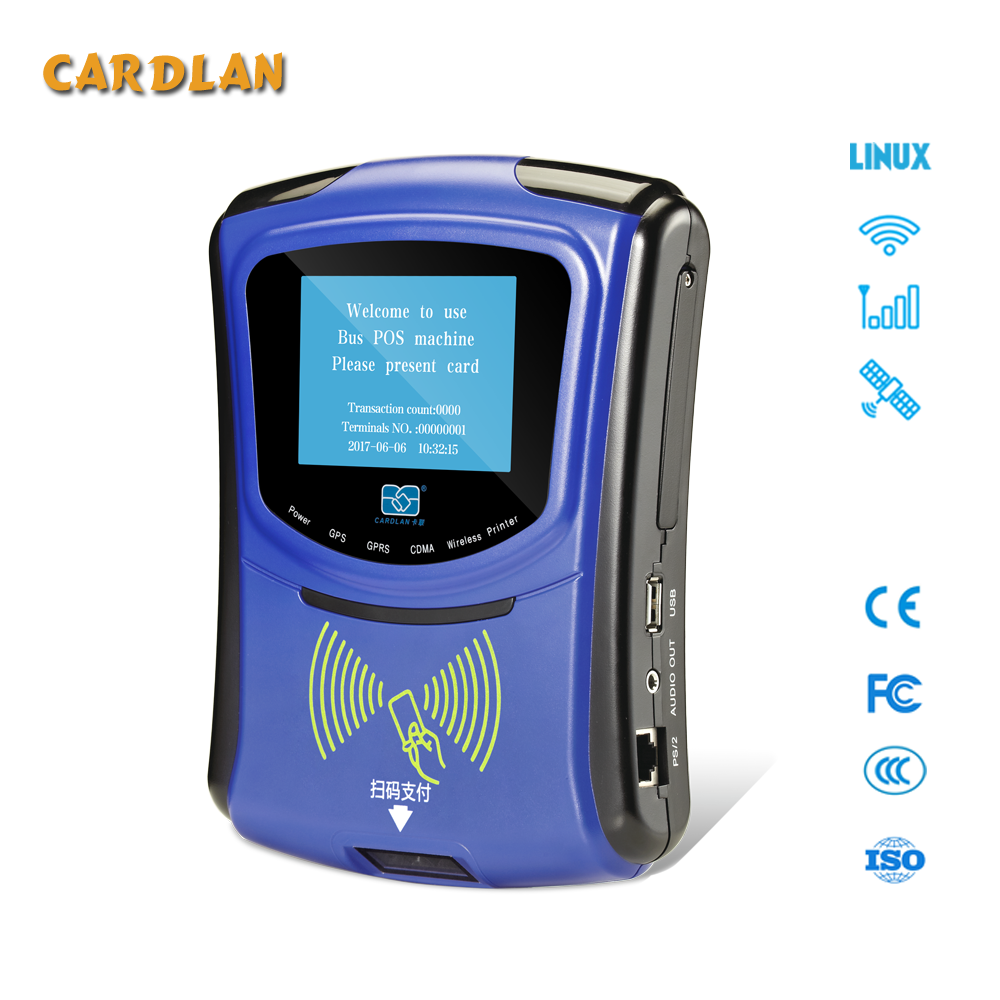
Product features
Industrial grade material selection manufacturing, fully adapt to the special bus environment;
Sealing, dustproof, waterproof, shock proof and electromagnetic interference proof;
Non-contact read and write operation, easy to use, simple, strong anti-interference, reading card light display, balance display;
Special stable power supply and overload voltage protection
Support multiple card set amount and real day voice prompt; Such as student card, senior card, employee card;
The error rate is less than 0.001%;
The special handheld data collector can collect 50,000 transaction records at a time
Support card balance less than the set amount of automatic voice prompt
Data storage is stable and data is not lost for 10 years after power failure
Issuing capacity: 99.99 million CARDS
Can be checken the last 20 records to avoid disputes over payment by bus
Driver's commute attendance function
The system management software can be managed with multiple levels of different authorities to ensure a high level of safe operation
There are various payment methods, such as WeChat, alipay, APP, bank card, etc
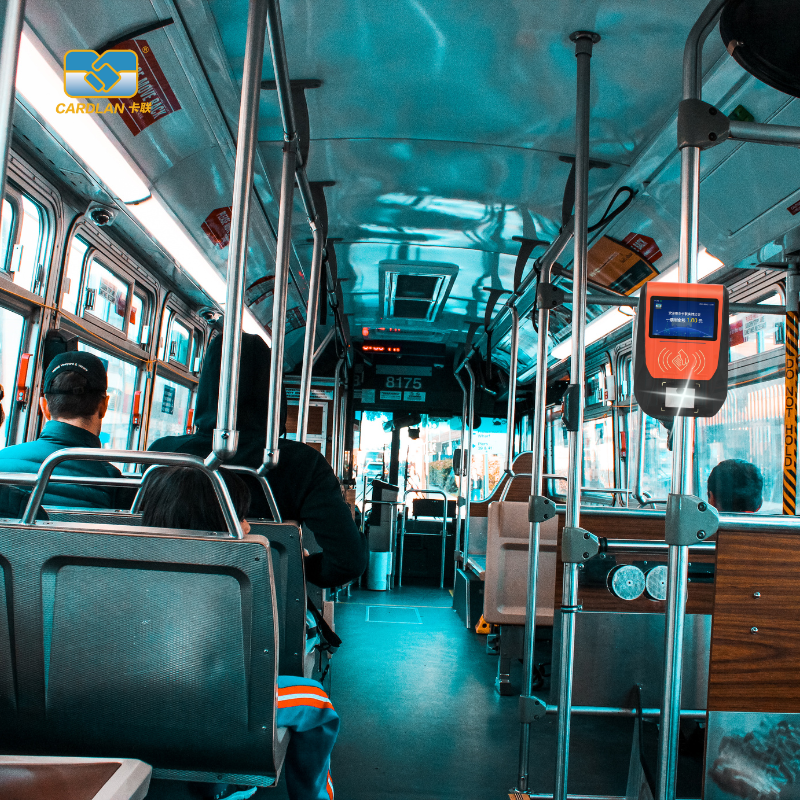 Cardlan flat fare/Zonal fare collection solution
Cardlan flat fare/Zonal fare collection solution
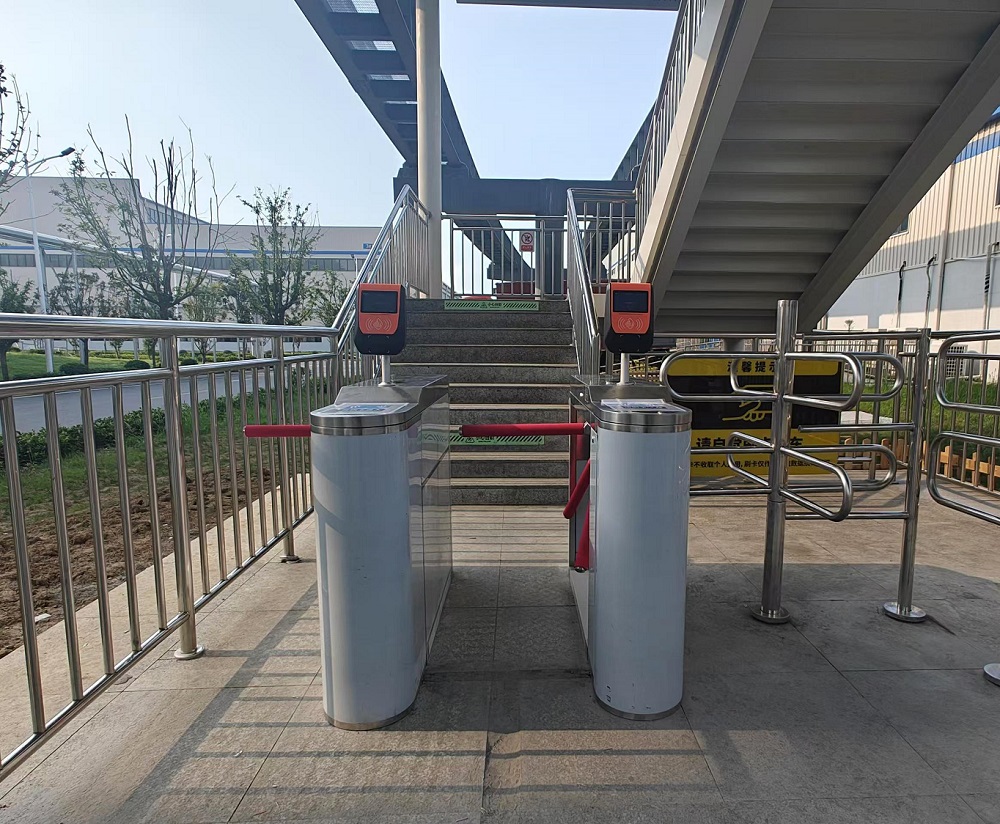 Application of Relay Function in Bus Card Readers for Gate Control
Application of Relay Function in Bus Card Readers for Gate Control
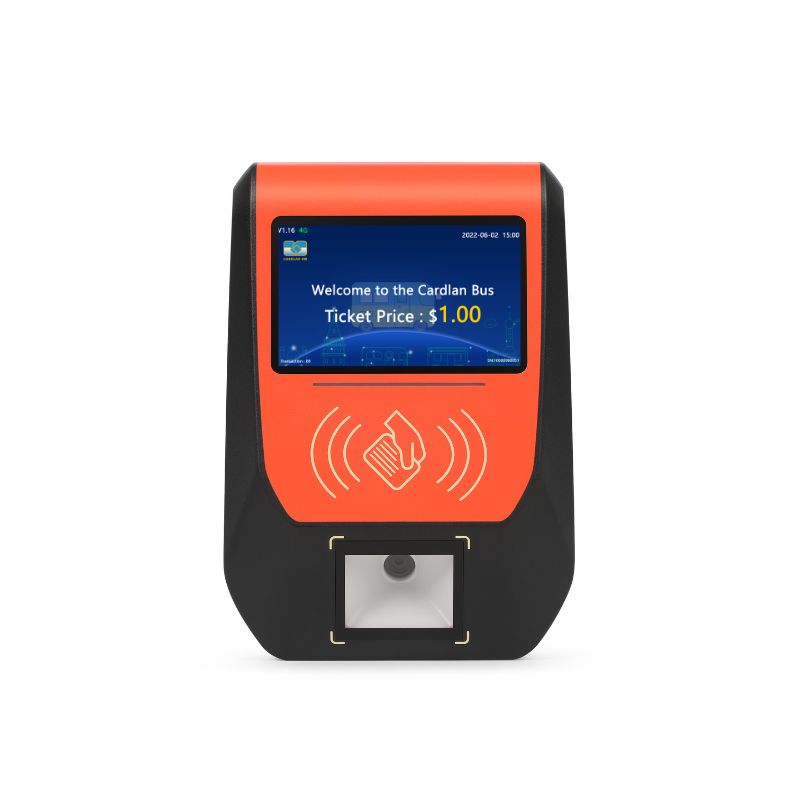 Development of Bus Fare Collection Machine Hardware and SDK
Development of Bus Fare Collection Machine Hardware and SDK
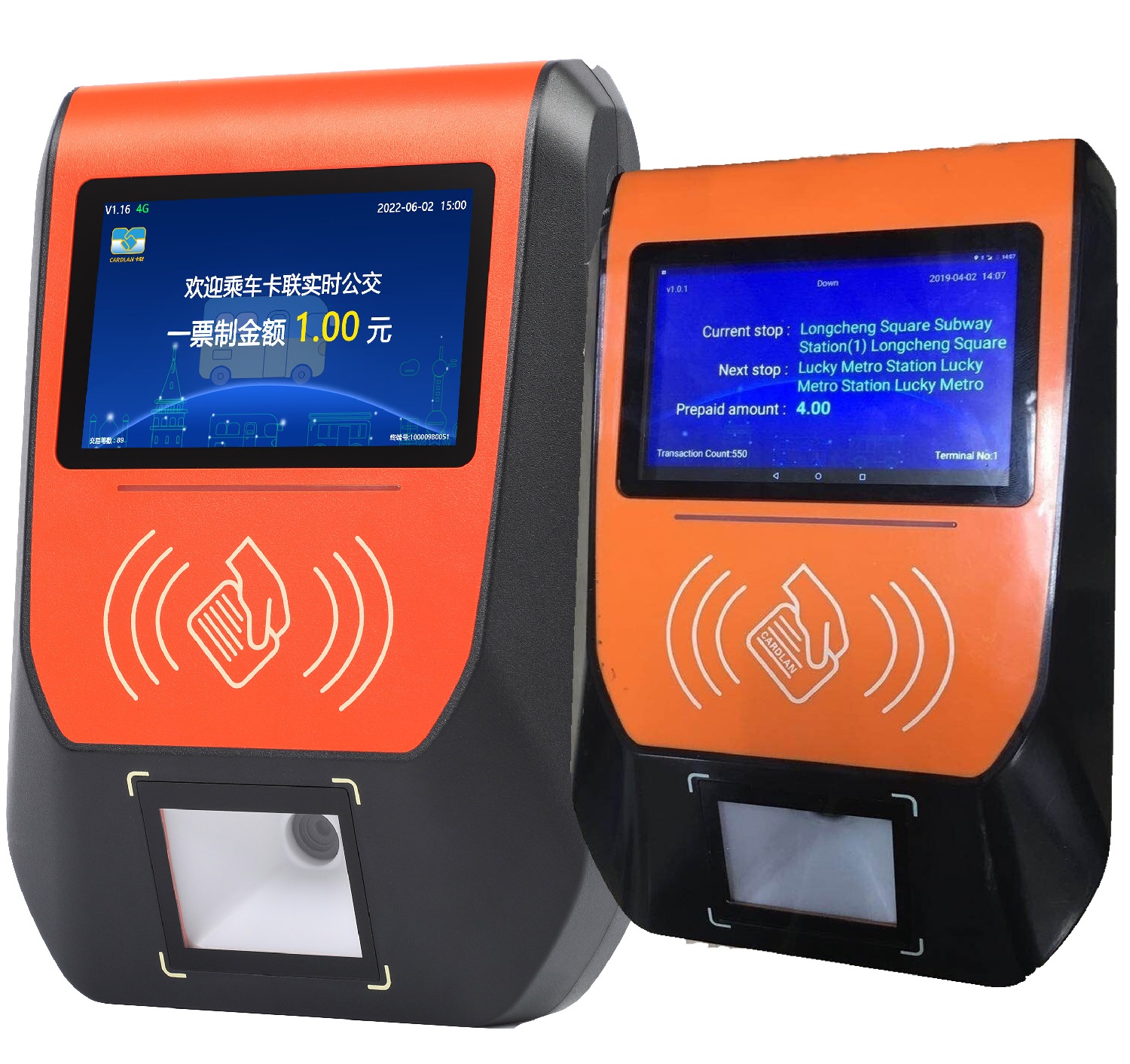 Why some buses have one card reader some have two card readers?
Why some buses have one card reader some have two card readers?